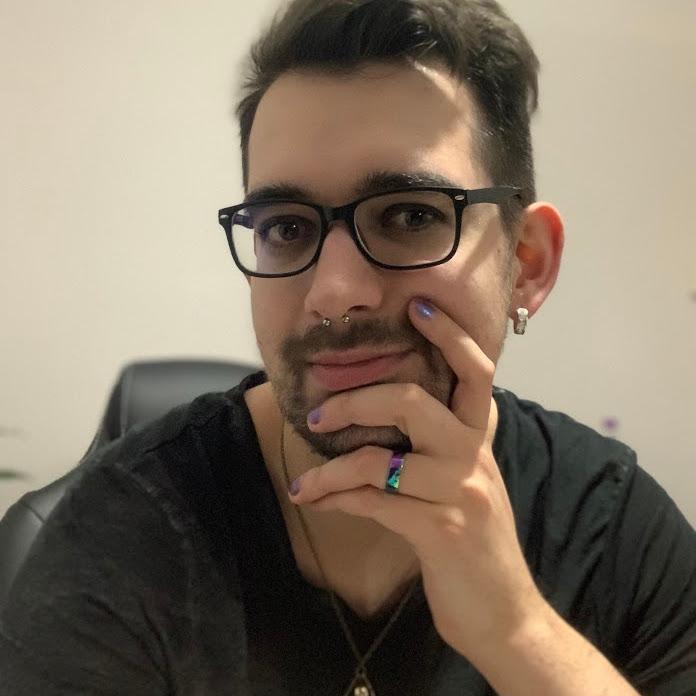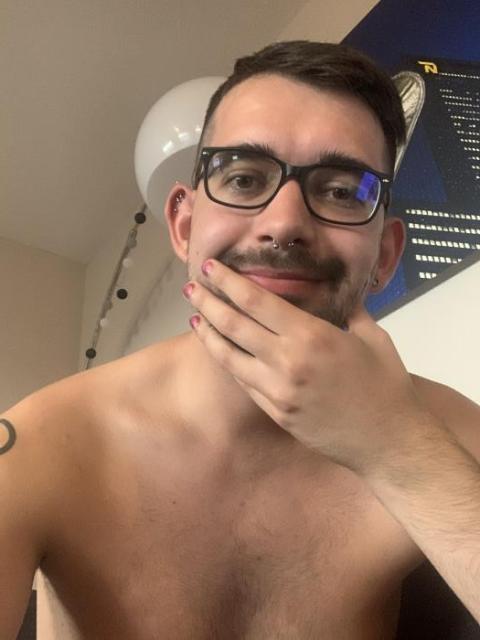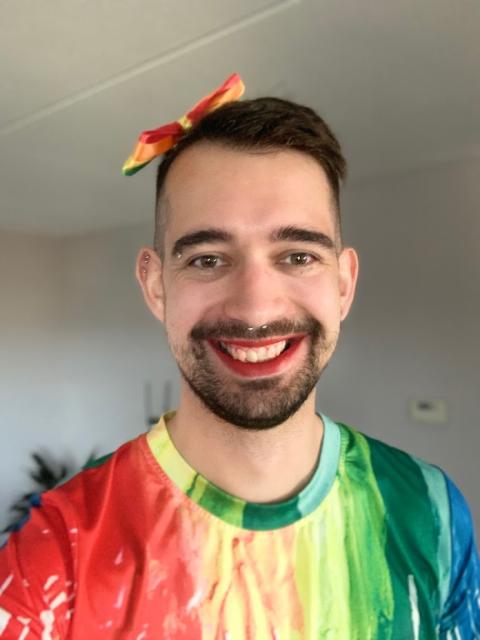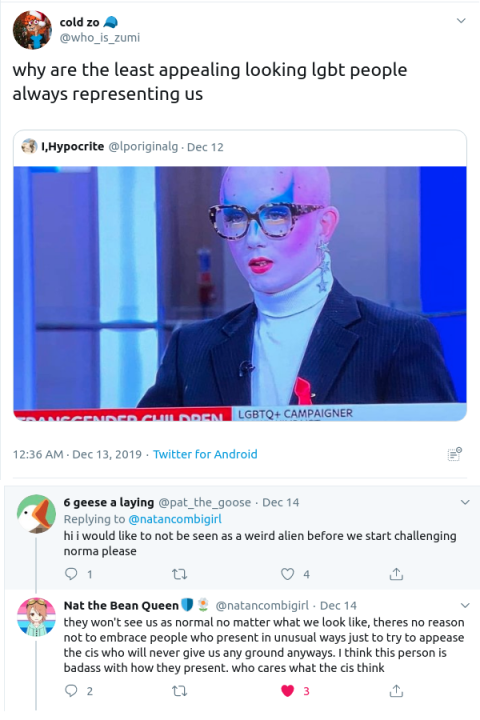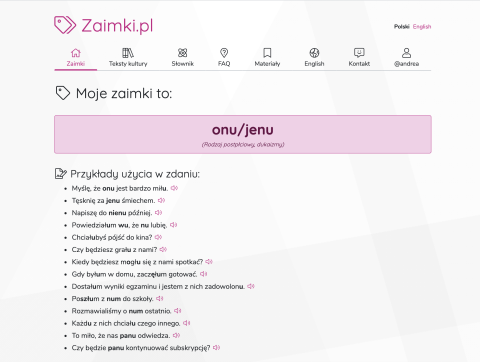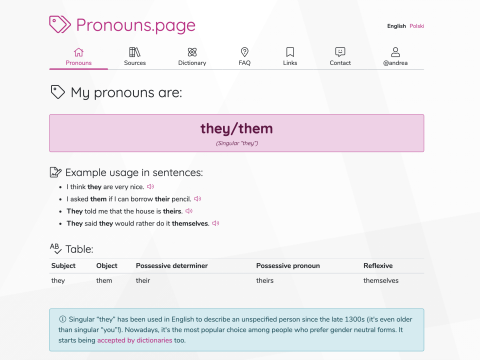#IAmNonbinary is trending on Twitter. Next to beautiful pictures and inspiring stories of nonbinary folks, there’s also tons of hateful replies. Apart from the usual phobic comments, there’s also some idiotic requirements. Haters reproach people that they aren’t andogynous enough, or that they aren’t using “they/them” pronouns, etc, etc.
Oh for fuck’s sake. You’re missing the entire point.
Nonbinary isn’t about creating a third box, next to “male” and “female”. It’s about getting out of the box.
It’s in the name: “nonbinary” = beyond the binary, beyond the two usual “options”.
I used to get it wrong as well. I thought that this word only applies to those people that you see on the street and can’t help but wonder, if they’re a boy or a girl. That it’s only for people like Jonathan Van Ness, who dare to rock high heels and gender bend the hell out of their wardrobe.
It’s not.
It’s just about looking at what the society considers “male” and “female”, and feeling that you’re neither. That’s all.
Today I realised that on my inactive Facebook account I’ve put gender “doesn’t matter” and pronoun “neutral” many, many years ago. But only a few months ago I’ve finally dared to call myself “nonbinary”. How stupid of me.
You can be AFAB and wear makeup, you can be AMAB and have a beard. You dont’ have to be adrongynous, you don’t have to use them/they pronouns. No worries, other enbies won’t think of you as any less nonbinary.
Gender ≠ expression ≠ pronouns.
We call people “they”, even in singular, when we either don’t know their gender or if it isn’t important. That doesn’t mean we think they’re nonbinary. We call ships “she” (well, some people do, I think it’s stupid), which doesn’t mean that ships are female. When a woman wears pants (unthinkable two centuries ago), she doesn’t become a man. When a clergyman wears a cassock (basically a dress), he doesn’t become a woman.
You know why? Yes, because gender ≠ expression ≠ pronouns.
So please stop telling nonbinary people how to be nonbinary. Nobody is “not nonbinary enough”.
And while we’re at it: stop telling women how to be women and stop telling men how to be men.
We’re all valid. We’re all enough.
 Avris
Avris
 Avris
Avris

